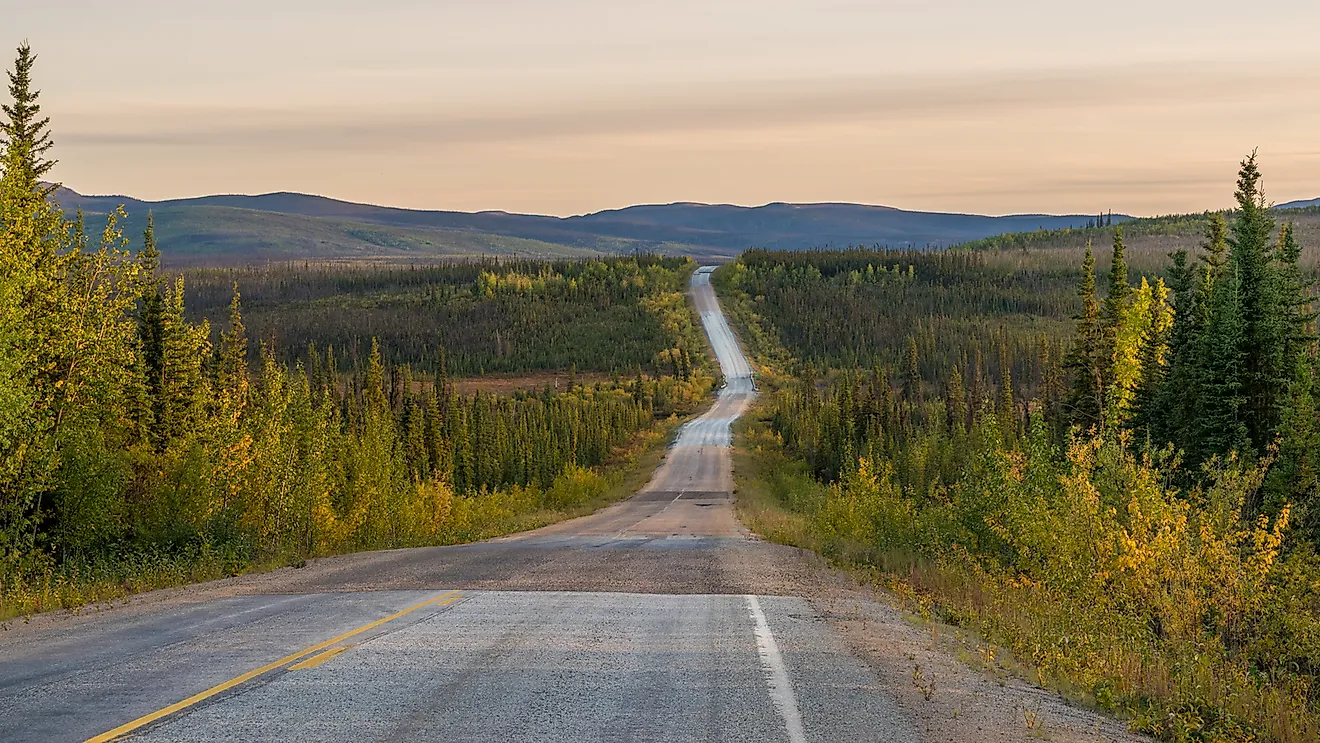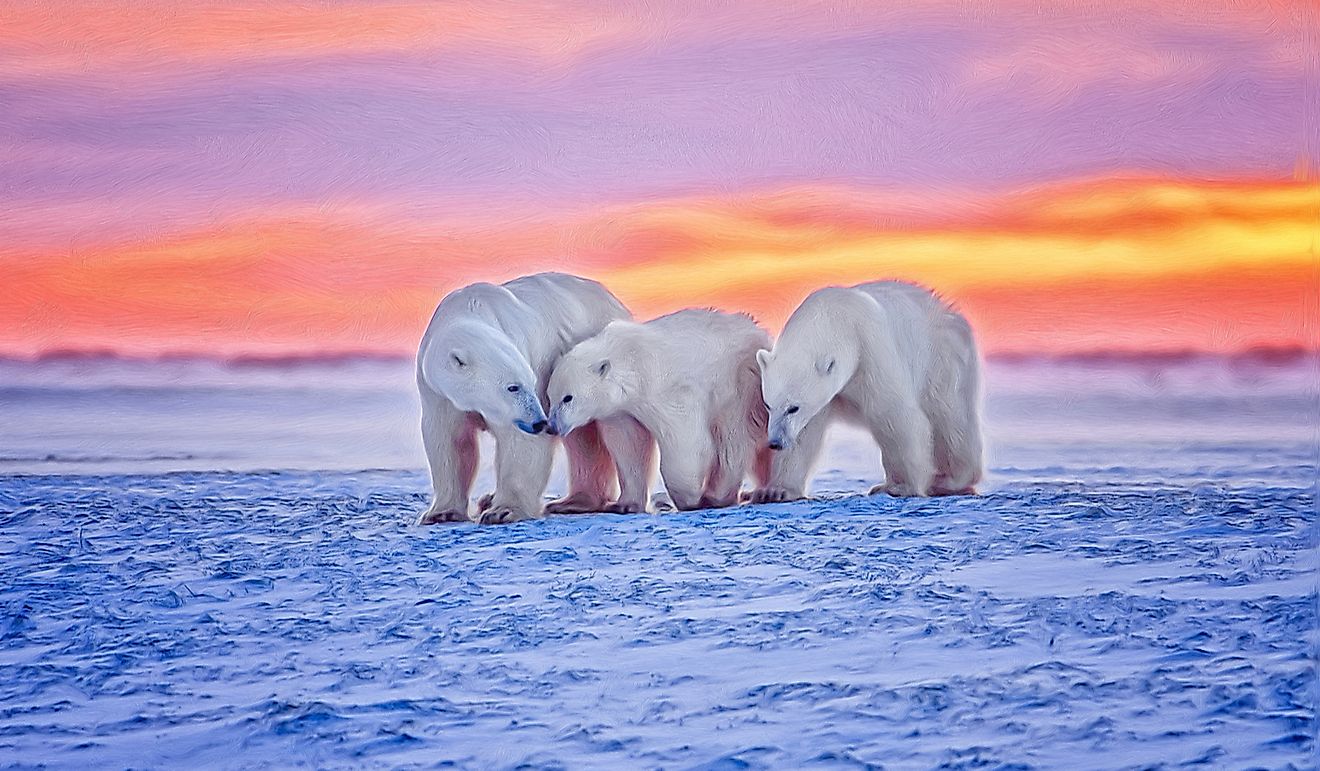Fact Check – Are No Two Snowflakes Exactly Alike?

- It is nearly impossible for two snowflakes to be the same based on a molecular level.
- A scientist in California has produced visibly similar snowflakes in a laboratory with a controlled environment.
- Humidity and temperature determine the shape of a snowflake.
“No two snowflakes are alike” is a common phrase, especially in elementary schools. Like human fingerprints, each snowflake is considered as an individual and none looks exactly the same as the other. But is the phrase entirely true and what do scientists say about it? Well, the answer is in the details and depends on how closely one looks at the flakes. Snowflakes are tiny ice crystals of sufficient sizes that combine to form snow. Because the flakes move through differing humidity and temperature zones in the atmosphere, the individual snowflakes tend to differ in details from each other. Snowflakes can also be created in the laboratory using sophisticated laboratory equipment.
How Snowflakes Form
Snowflakes are crystals of water that nucleate around dust or organic particle in supersaturated air masses. It begins as a dust grain floating on a cloud which attracts water vapor in the air. The water vapor condenses on the grain of dust and freezes into a crystal. The small changes in the cloud’s microenvironment around a snowflake influence the form it eventually takes. The change in temperature, humidity, and air pressure force snowflakes to shift between two different crystallization processes; branching and faceting. The faceting process is responsible for the formation of the six-sided prism, thanks to the chemical bond in the water molecules. The branching process is responsible for the formation of features that extend away from the hexagonal prism. The extended features are formed when the corners of the prism attract crystalizing water vapor faster than the flat surface.
Empirical studies suggest that only 0.1% of the snowflakes have perfect six-sided symmetric shape. Occasionally a 12-branched snowflake can be observed. Scientists have a particular interest in how the snowflake form because of their possible influence on the global climate. They believe that ice crystals in the atmosphere which are too small to fall to the ground are responsible for the ozone layer depletion, possibly by catalyzing the breakdown of the layer.
Why Two Snowflakes May Look Alike
The exact form each snowflake takes depends on changes in humidity and temperature it encounters as it falls through the atmosphere. But because snowflakes falling at the same time through similar changes in the temperature and humidity may have formed under similar conditions, there is a probability that two or more snowflakes would look the same. A closer look at the snow crystals in their early stages of formation before branching out reveals that they actually look alike. While the phrase may hold try fo larger snowflakes, scientists believe it may be false for smaller ones. According to Jon Nelson of Ritsumeikan University in Kyoto, Japan, snowflakes kept between -130C and -110C will maintain their simple structures and fall to the earth looking exactly the same.
What “Two Identical Snowflakes” Means
The debate about whether two or more objects can be identical is one that will take time to resolve. Many philosophers believe that no two things can be identical, being that not even two atoms are identical. So, many hold that the question of identical snowflakes is unnecessary and pointless. For any two snowflakes to be considered as identical, they must have the same shape without any variation to the point that they are truly undistinguishable objects. Accordingly, visual similarity between snowflakes remains a debated subject that will go on as long as the phrase “no two snowflakes look alike” exist. Some scientist like Kenneth Libbrecht of California Institute of Technology who has created many snowflakes in his laboratory argues that it is only possible to generate identical snowflakes in a laboratory with a controlled environment. Although the flakes may be visibly similar, the same cannot be said at a molecular level.
Why No Two Snowflakes Can Be Alike
At a molecular level, it is almost impossible for two snowflakes to be the same given the several ways a snowflake forms. Although some people have looked through microspores and claim to have found identical snowflakes, there are so many things that a microscope cannot observe at the molecular level. There are many reasons why it is almost impossible to have two identical snowflakes. First, water which is an important building block that makes up the snowflakes is made up of oxygen and hydrogen isotopes. These isotopes are not identical and have different properties from each other, leading to the alteration of the structure of crystals formed using them. A snow crystal contains million billion water molecules which can arrange themselves in an infinite number of ways, making it nearly impossible for any two snowflakes to look alike.
Secondly, like identical twins with the same DNA grow and acquire new experiences, each of the snowflakes is exposed to different conditions that influence their structures. So, even if two crystals are identical at the start, they will not be the same as each other when they finally fall to the ground. In the early stages, most snow crystals are always six-sided prism and some may reach the ground in that form. However, once the branches begin to grow, each crystal picks a unique shape that distinguishes it from the other.
Finally, snowflakes form around tiny dust grains or organic particles as the starting material. These particles have different shapes and sizes, meaning that rarely will two or more snowflakes start alike. Some regular-shaped dust grains may disintegrate into irregular shapes when they come into contact with water vapor.
Classification Of Snowflakes
Snowflakes can form in different intricate shapes and sizes, leading to the phrase “no two snowflakes are alike.” Attempts to identify snowflakes that look alike over the years have led to the discovery of several forms of snowflakes. The shape of a snowflake is determined primarily by the humidity and temperature at which it forms. The shape also depends on whether the prevalent moisture is below or above the saturation point. Individual flakes can be classified into eight broad categories and 80 variant individuals. The eight categories are germ of snow crystal (symbolized by G), needle crystal (N), irregular snow crystal (I), columnar crystal (C), columnar crystal with extended side planes (S), rimmed crystal (R), plate crystal (P), and combination of columnar and plate crystal (CP).











